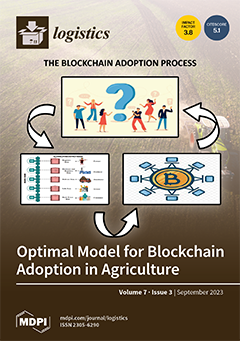Background: This study aims to analyze the relationship between lean practices and organizational performance in a public institution, specifically, a military organization.
Methods: The research has a quantitative approach with a descriptive character, having as a sample the members of a
[...] Read more.
Background: This study aims to analyze the relationship between lean practices and organizational performance in a public institution, specifically, a military organization.
Methods: The research has a quantitative approach with a descriptive character, having as a sample the members of a military unit located in Rio Grande do Sul. A valid sample of 116 answered questionnaires was obtained. Data analysis was carried out through multivariate statistical treatment, known as Structural Equation Modeling (SEM), using the Smart-PLS software.
Results: At the end of the study, it was possible to confirm the central hypothesis of the study and conclude that lean practices (waste elimination, continuous improvement, support and leadership, member involvement, education and training, long-term thinking, quality, and systemic vision) positively impact organizational performance. Together, these elements combine to engender organizational effectiveness and success, promoting more productivity, quality, profitability, and customer satisfaction, thus improving the organization’s performance.
Conclusions: It is evident that the members of the military unit are committed to optimizing organizational performance, showing constant improvement in productivity, rarely committing errors, cost reduction in activities and works, high effectiveness in meeting goals, prioritizing cost reduction in the execution of activities, as well as achieving goals and objectives related to the services provided.
Full article





